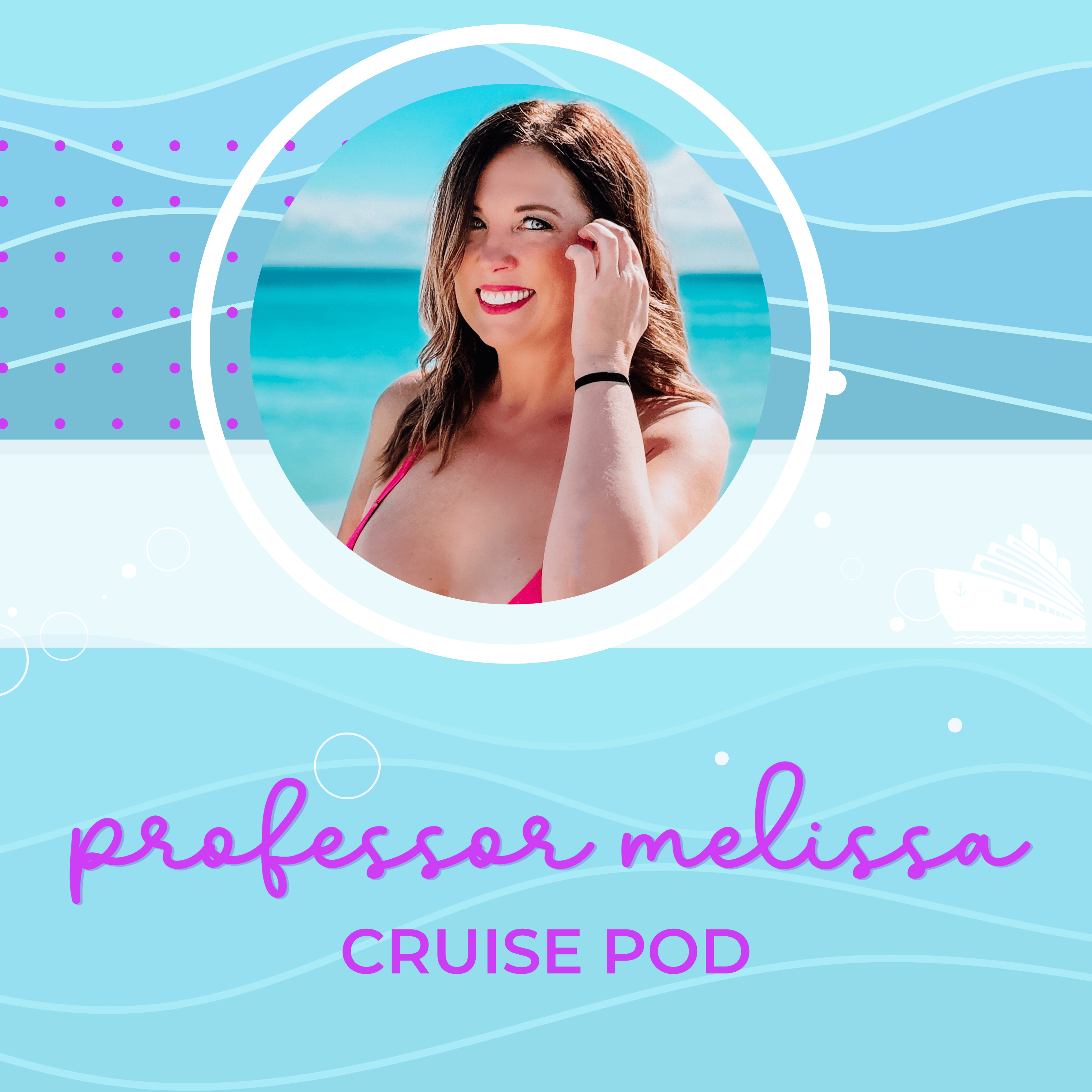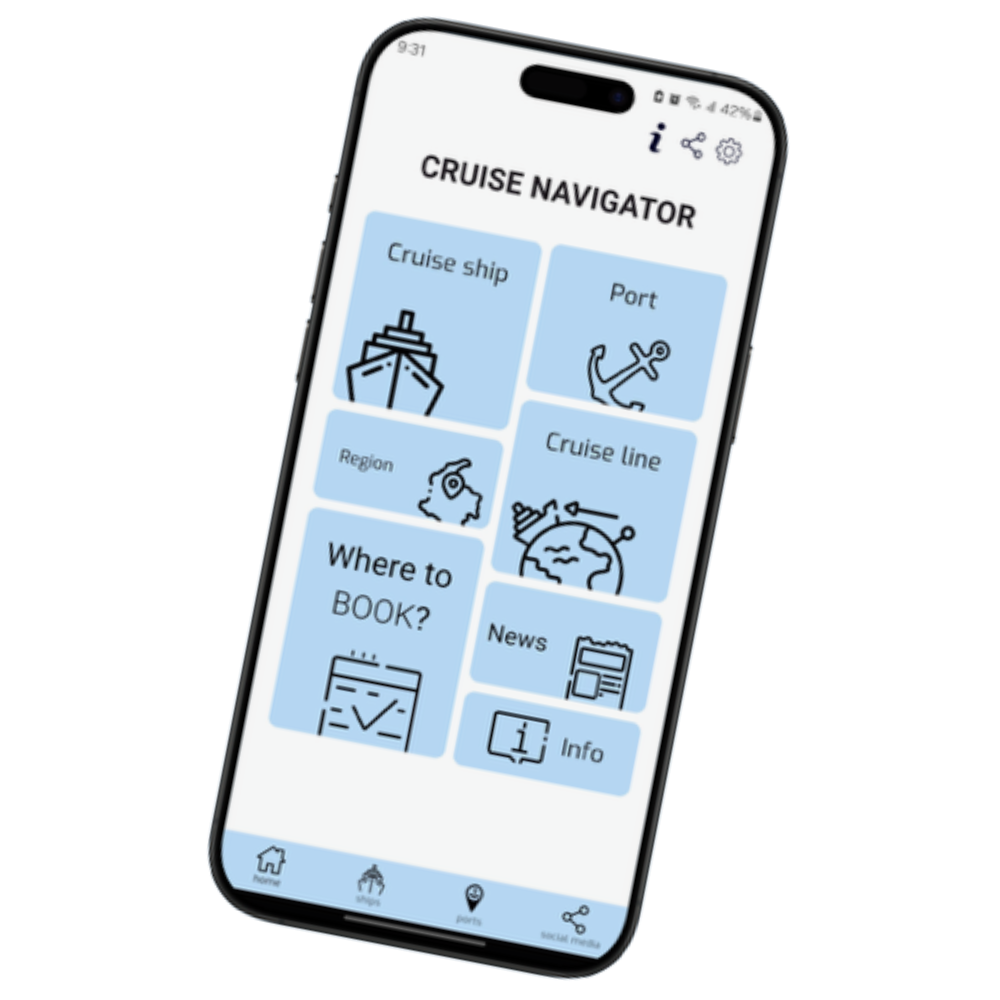10 Cruise Secrets You May Not Know

10 Cruise Secrets You May Not Know
Cruising offers an exceptional travel experience, and in my opinion is one of the best, fun, and most affordable ways to see the world. But… there are some not-so-well-known things you may not know about it.
1. Ships Have Morgues On Board
Starting with a surprising fact: did you know that cruise ships have morgues on board? Given the average age of many passengers and the length of some cruises, it’s a necessity. Most passengers don’t want to think about it, but it’s a part of cruise life that’s kept discreetly out of sight. Crew members handle such situations with the utmost respect and care, ensuring they manage any unfortunate event smoothly without impacting other passengers’ experiences.
I’ve had it happen twice when a cruiser died on one of my sailings, and in both cases, I only knew about it because that person’s family posted about it on the cruise group’s Facebook page afterward. In one case, we diverted to Nassau, but he passed before we arrived. In the other case, there was an emergency “alpha” call in the middle of the night ship-wide (those are never good news), so I knew that a passenger emergency was happening.
If a passenger dies in their stateroom, the responding medical team will cordon off the hallway for privacy and to keep away looky-loos, and they’ll wheel the body down to the ship’s morgue on the lower levels of the ship. It typically stays there until disembarkation, when a funeral home or coroner’s van will be there to meet the ship. The cruise line lets the family off first, privately, before the rest of the passengers. From what I’ve heard from family who’ve experience this, the cruise lines handle this very well, with the utmost of respect, courtesy, and privacy.
2. Hidden Fees
While cruises are often marketed as all-inclusive, there are many extra charges you might not be aware of. Specialty dining, beverages, gratuities, and even some onboard activities can add up quickly. For instance, the main dining rooms and buffets are usually included in your fare, but many cruise lines charge an additional fee for specialty restaurants.
Drinks, whether alcoholic or non-alcoholic, often come at a premium unless you purchase a beverage package. Then there are gratuities; some cruise lines automatically add daily gratuities to your onboard account, while others leave it up to you.
On top of that, there can be fees for fitness classes, spa treatments, and certain onboard activities like cooking classes or wine tastings. Always read the fine print and budget for these extras.
3. Early Booking Discounts Aren’t Always the Best
While it might seem like booking early guarantees you the best price, this isn’t always the case. Cruise lines often release last-minute deals and special promotions to fill unsold cabins. These can include significant discounts, free onboard credit, or other perks like free drinks or Wi-Fi packages. It pays to be flexible with your dates and keep an eye on price drops.
Holland recently announced a new program that gives deep discounts to cruisers willing to cruise on “standby.” I talk about this program in my post here, along with other ways to find cheap cruises. Websites that track cruise prices can be very helpful. Some cruise lines even offer a price drop guarantee, refunding you the difference if the price goes down after you book.
4. Cabin Upgrades
Instead of calling these “upgrades”, they’re more like “upsells,” because (mostly) gone are the days of free actual upgrades for loyal cruisers. Now, upgrades almost always come at a cost. Usually, 30-120 days prior to your cruise, the cruise line will reach out to you, usually via email, to offer you a cabin “upgrade” (upsell).
If they were free, great, but they’re not always a good deal when they come at a cost and can be a bit of a gamble. Upgrading to a balcony or suite might seem enticing, but it might not justify the extra cost. Consider how much time you’ll actually spend in your cabin. If you’re the type who plans to be out exploring the ship and ports all day, a basic interior room might suffice.
BABY, LET'S CRUISE...
Let us help you plan the cruise (or trip) of a lifetime!
Subscribe to my Cruiseletter
Get juicy cruise info, insider tips, and FREE port guides, delivered straight to your inbox. Plus, you'll get my FREE Cruise Packing List & Planner, and I promise to never spam you.
By submitting this form, you're agreeing to receive emails from Professor Melissa. Don't worry, your info is safe with me. We'll never share or sell it. You can also unsubscribe at any time.






